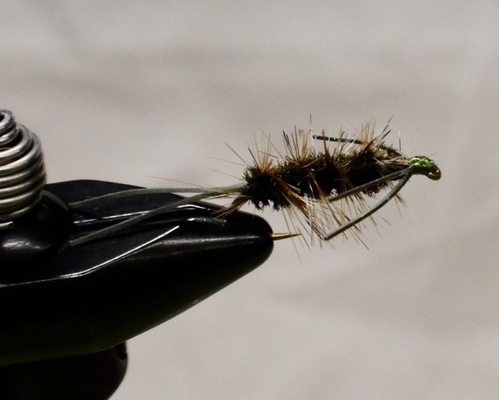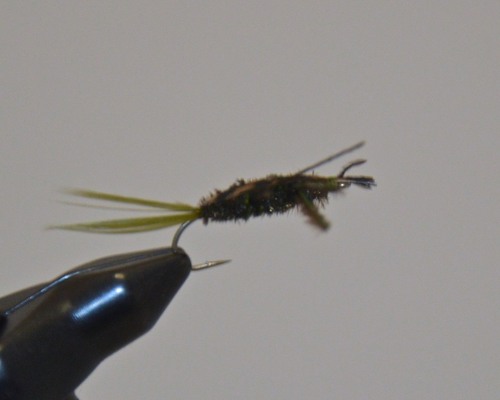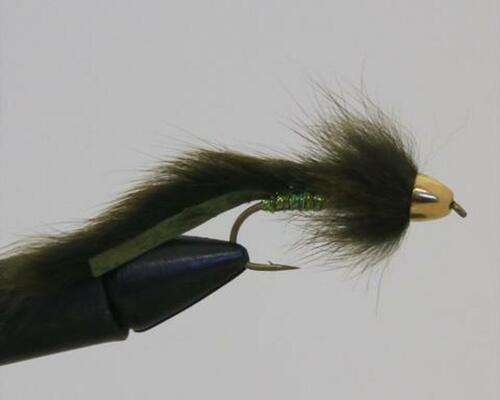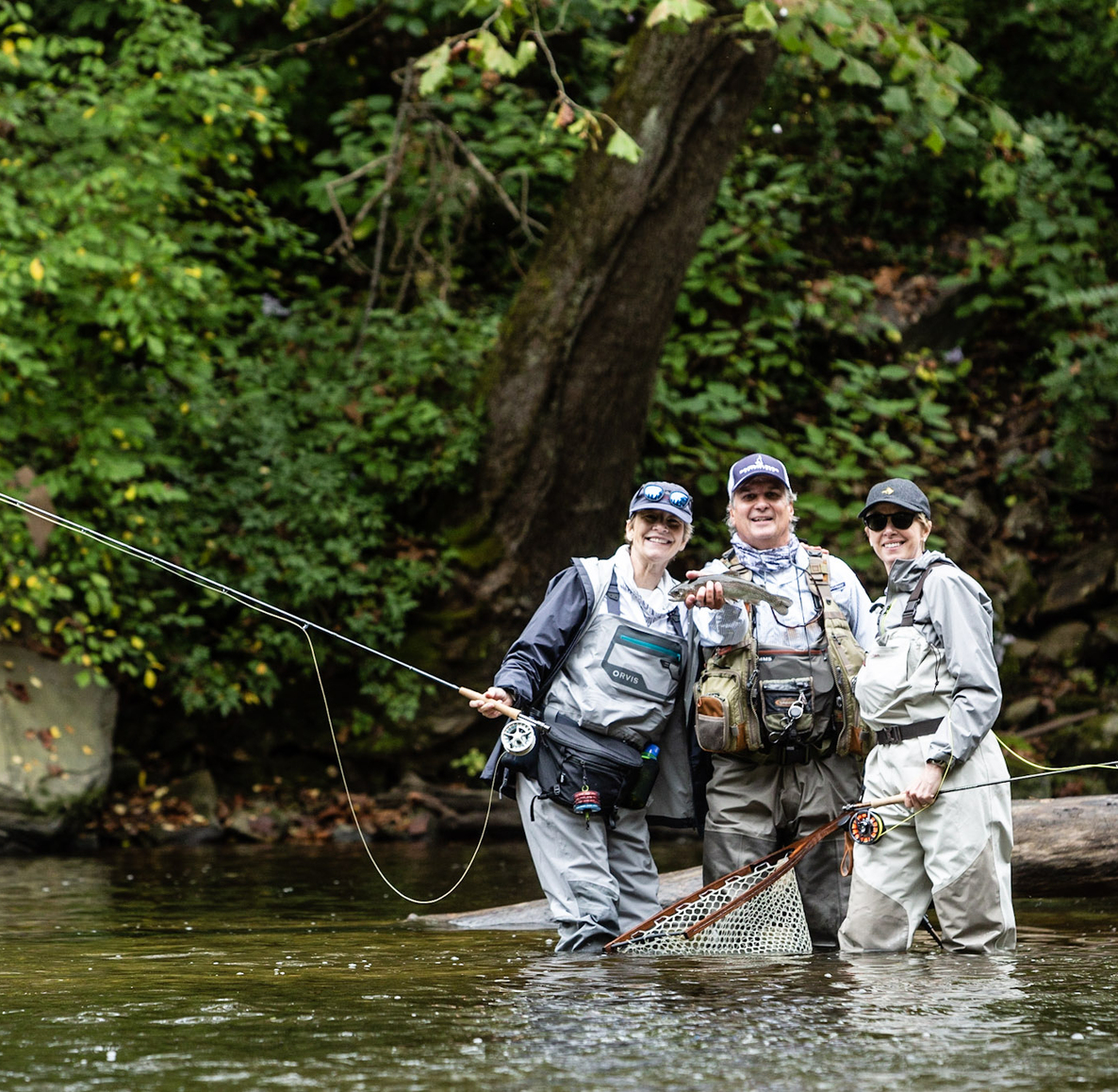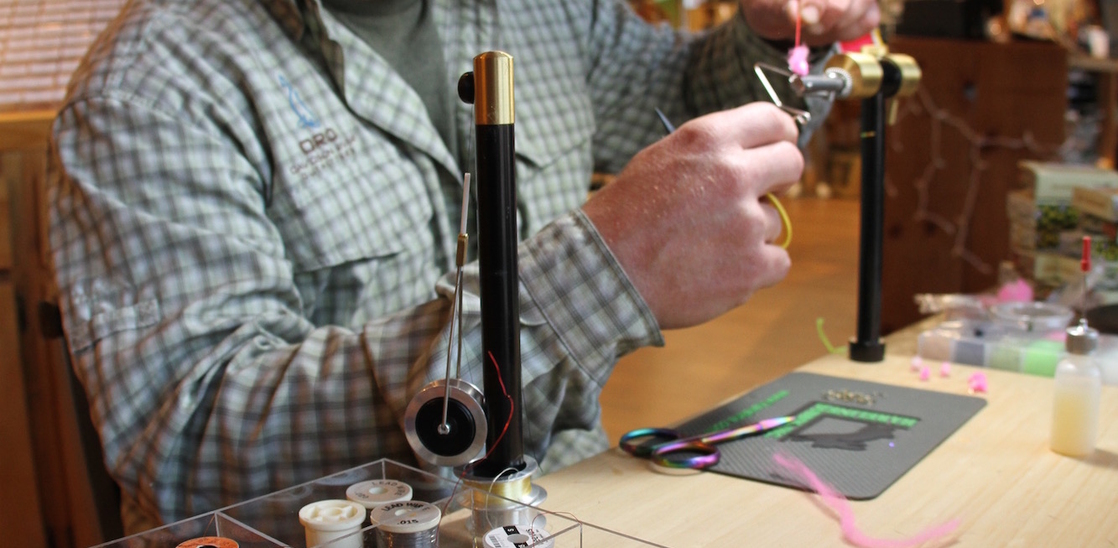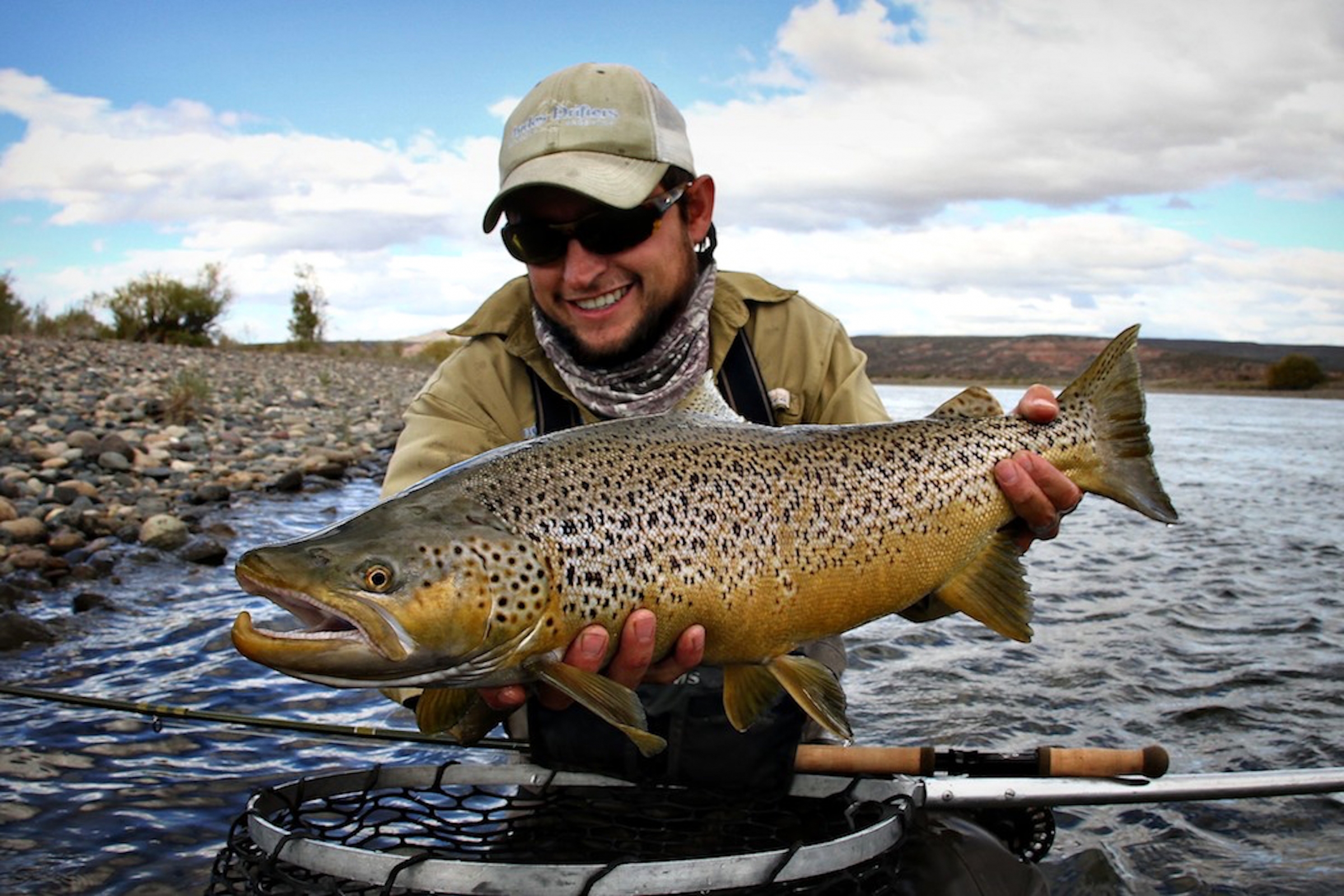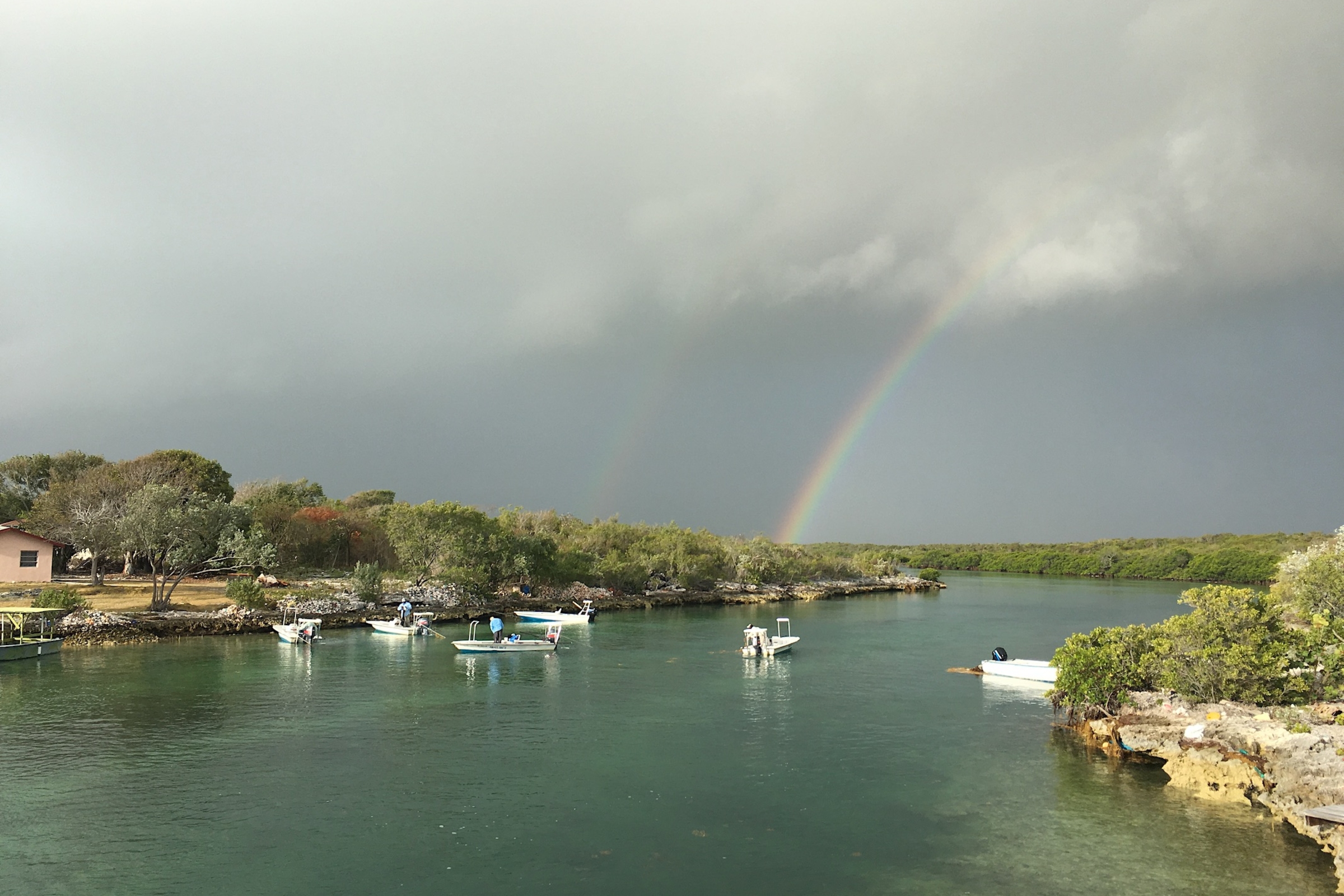Trout Patterns During Summer
As river levels drop and start to warm, the trout change their feeding patterns, how they lie, and they become dependent on those thunderstorms for keeping the water cool. That warm, low water has several effects on the trout which can make late summer trout fishing very difficult:
- Once the water temperatures reach 70 degrees the trout struggle to survive. Once the water temp reaches 74 degrees, it is pretty much “lights out'' for our finny friends.
- The low water level makes fish more vulnerable to predators like Great Blue Herons and Otters which in turn makes trout dramatically spookier.
Summer Trout Tactics
Over the years of guiding and fishing at with Davidson River Outfitters, I have found the following tactics to be especially helpful in the summer months:
- Trout are a cold water fish and are reluctant to feed in times of warm water (above 68 degrees), or low water.
- They are trying to survive during this time, so you are trying to draw a reaction (or impulse strike), not a continuous feed on hatching insects.
- Given this, your flies should have extra life added to them, rubber legs, soft hackles, Emu feather gills etc. The more annoying the motion of the fly the better your chance of getting a reaction strike.
- Trout will not move a great distance in low or warm water to feed; your presentations will have to be almost in a direct line with the fish. This may require more “sight fishing.”
- Additionally, be cognizant about line shadows and line spraying off of ferruled or braided leaders while casting. The fish will perceive the spray and shadow as birds that are swooping to attack them.
- Be watchful and careful of running waves in slow or shallow water to your fish. This will spook them quicker than an errant cast. The waves will be perceived as otters swimming around in the hole and the fish will hold very close to cover and not move out to feed.
- Fish any decent flow of water (current); this is where the trout find oxygen and food in low water. The better fish will lie directly under the fastest part of the flow where the most oxygen is located. This requires that you fish flies that are weighted heavier. Your flies should sink to the bottom rapidly and stay there and tumble along like an injured or wounded piece of food.
- Never underestimate the power of natural terrestrial patterns. Often times, there are some large land-born insects that get blown or knocked into the river, (or maybe it is how bugs commit suicide) regardless of how it got there...it is an easy meal for trout.
When to Fish in the Summertime
The best fishing in the summer occurs after a large storm and the water is high and muddy. The storm not only cools the water temperature down, but it washes a lot of food into the river and makes the fish feel safe in the higher off colored water.
If you notice a pattern of thunderstorms in the late afternoon, inow that the trout will become conditioned to that being a feeding time. During this pattern, wait until about an hour before the afternoon storm or better yet wait until it passes, and then jump in the water.
Remember that trout have difficulty seeing your fly in the water so they have to find it by feeling it.
The most effective flies for post-storm summertime fishing are:
- Large black or other dark colored flies, with large rubber legs or flies tied out of marabou or rabbit strips are the most effective.
- Size-wise, choose 2-4 bunny leeches or bitch creek nymphs.
- The most common mistake I hear of in muddy water situations is that people try and fish 5-6x tippet. With muddy water trout cannot see your tippet, if you switch to 10-12 pound test fluorocarbon this will save a lot of heartache when you hook that monster trout.
A common misconception about summer fishing is that the water is cool and fishable in the late evening 6-dark. The truth is that this is the warmest water of the day (it has baked it the sun just like all those people at Myrtle Beach) and unless there has been a thunderstorm, you should probably avoid fishing this time of day.
My top 12 summer patterns are:
- The Bug size 10-12
- The Hot Creek Special 10-12
- Fat Albert size 6-16
- G Neil Daniels 10-12
- Texas Piss Ant size 12-16
- Inchworms size 8-16
- Bitch Creek Nymph size 2-8
- Barr’s Slump Buster size 6-10
- Loco Beetle 10-16
- Yellow Irresistible size 10
- Unweighted Muddler Minnow Size 12 greased to float on top
- Clouser’s Foxee Minnow size 6
Kevin's Summer Fly Recommendations
Ethical Responsibility for Fly Fisherman
The main thing to remember during summer fishing is that you, as an angler, have an ethical responsibility when fishing low warm water. Use as large a tippet as you can, so that you can land the fish as quickly as possible.
If you are struggling to land a fish then break it off, so that you do stress it and kill it. Spend as much reviving the fish as you spent landing, if you spent 10 minutes (which is way too long) landing it then spend 10 minutes reviving it.
In low, hot water you should not spend more than 1-2 minutes to land any fish regardless of its size. The other big issue in the summer is pictures; in this low hot water do not take the fish out of the water. (It’s like running a half marathon and the very second you are done, someone holding your head under the water.)
Remember that if you are fishing in water 70 degrees or warmer and catch a fish, regardless of how long you spend reviving the fish and even if he swims off you will find him dead tomorrow.
So, our best suggestion for fishing when the water heats up to 70 degrees? Just sit on the front porch and enjoy a nice ice cold beer.
Good Fishing,


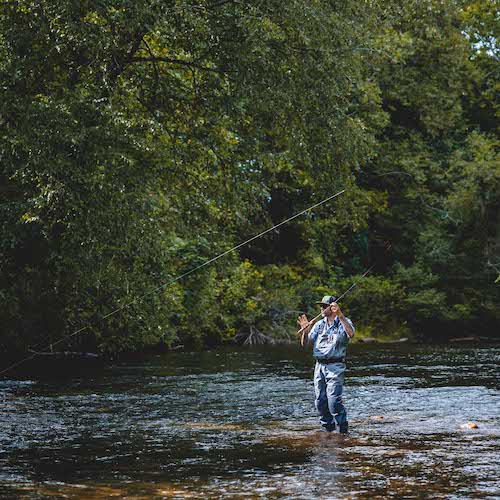 Stream Report
Stream Report Seasonal Hatches
Seasonal Hatches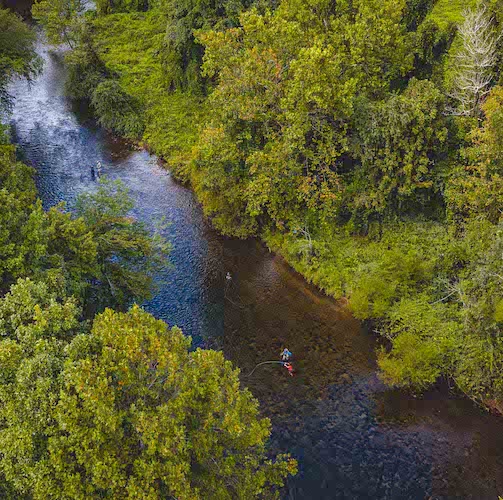 Stream Guide
Stream Guide-(1)459340841.jpg)
